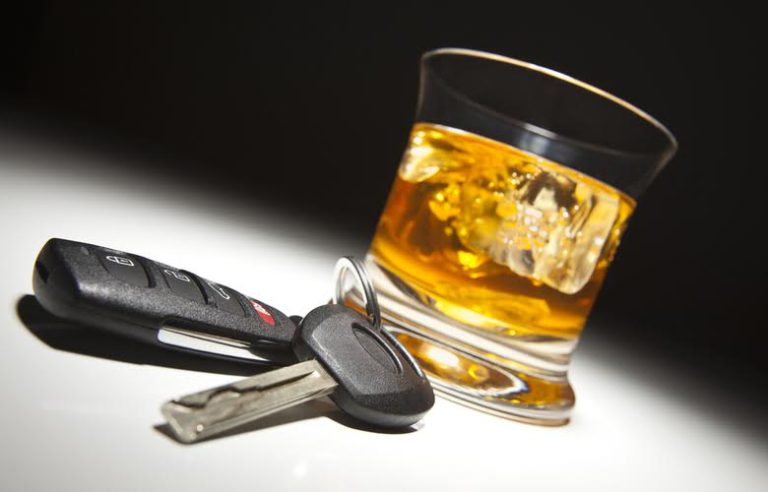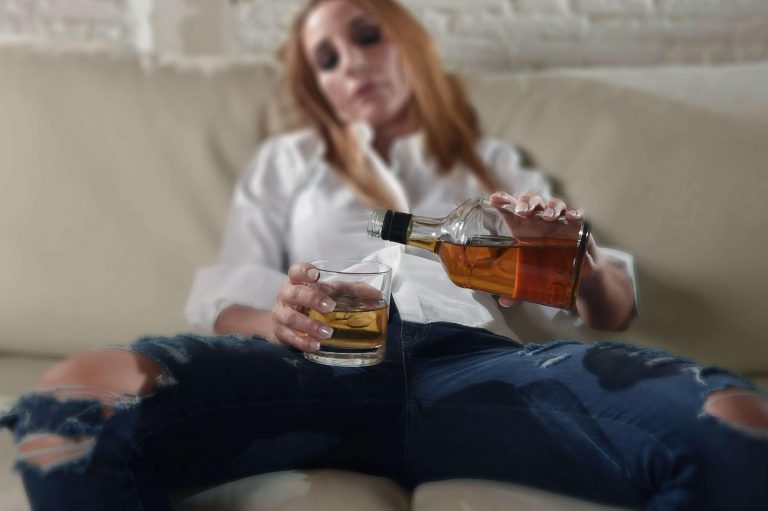Compared to retrospective assessments of the order of onset for co-occurring disorders, assessments of prospective relative risk (i.e., the risk for developing a condition given the presence or absence does alcohol give you anxiety of another condition) provide more information about conferred risk. For example, people typically experience onset of social anxiety disorder before they are old enough to legally purchase alcohol, so the anxiety disorder typically precedes problems with alcohol. Therefore, retrospective assessments showing that social anxiety disorder commonly precedes problems with alcohol superficially suggest that the former causes the latter. However, this type of examination provides no information about the effects of alcohol misuse on later development of social anxiety disorder. The psychiatric, psychological, and neuroscientific disciplines have developed theories to explain the association between alcohol and anxiety disorders.
- Despite finding that rates of alcohol abuse or dependence were relatively high in both samples, the researchers saw no evidence that preexisting depressive or anxiety disorders occurred at higher rates among those subjects who later developed alcoholism.
- In a seminal review, Schuckit and Hesselbrock (1994) noted that the frequency of alcoholism among anxiety patients was not markedly higher than in the general population, contrary to what would be predicted by the self-medication hypothesis.
- The most consistent results relate to manic episodes, wherein manic-depressive patients show a small but significant increased risk for alcoholism (Winokur et al. 1993).
Receive Help for Anxiety and Alcohol Addiction at Agape Treatment
Although the specific cues differ, application of https://e-plaka.com/treatment-for-vicodin-addiciton-therapy-and-rehab/ exposure for each disorder generally involves repeated presentation of feared stimuli until the patient has become used to them (i.e., habituation is reached), resulting in extinction of the fear response. The technique largely is effective because when clients who typically avoid and/or escape from situations that lead to anxiety are exposed to these situations for prolonged periods, they encounter corrective information that previously was unavailable. Psychotherapies for alcohol use disorders are those with support in a majority of reviews, as identified via the systematic analysis of Miller and colleagues (2005). Twelve-step facilitation was added based on published empirical support (e.g., Project MATCH Research Group 1997, 1998; McKellar et al. 2003; Tonigan 2009). Taken together, the epidemiological and clinical literature describing the relationship between anxiety and AUDs shows that this comorbidity is both prevalent and clinically relevant. The following sections will review fundamental concepts related to how these disorders co-occur and describe approaches to diagnosing and treating comorbid anxiety and AUDs.

Comorbid AD and AUD Psychotherapeutic Interventions Considerations
We review laboratory, clinical, family, and prospective studies bearing on the validity of these explanatory models. Findings converge on the conclusion that anxiety disorder and alcohol disorder can both serve to initiate the other, especially in cases of alcohol dependence versus alcohol abuse alone. Further, evidence from clinical studies suggests that anxiety disorder can contribute to the maintenance of and relapse to pathological alcohol use. This work has a broad and substantial impact on the fields of behavioral economics and public health. Granger causality analysis is used to examine the dynamic links between the prevalence of anxiety and alcohol consumption, including wine, beer and spirits across a number of high-income countries.
Be aware of mixing anxiety medications and alcohol
- The reported rates of self-medication in clinical samples of people with both types of disorders have ranged from 50 to 97 percent, with the highest rates among people with phobias (Bibb and Chambless 1986; Smail et al. 1984; Thomas et al. 2003; Turner et al. 1986).
- Conversely, the three types of studies highlighted in this section indicate that if an association between alcoholism and anxiety/depressive disorders does exist, it is likely to operate in a relatively small subgroup of alcoholics.
- This is good news, because most people with anxiety disorders do not report drinking to cope with their symptoms, but it also raises questions.
- When people with comorbid anxiety and AUDs are queried about their drinking, they typically endorse purposeful and targeted drinking to cope with their anxiety.
The sense of relaxation you feel when you drink can often be attributed to your blood alcohol content (BAC). A rise in BAC levels leads to temporary feelings of excitement, but feelings of depression occur as BAC levels fall. As a result, it’s possible that having a few drinks that make your BAC rise and then fall back to normal again Twelve-step program can make you more anxious than you were before. Drinking excessive amounts of alcohol can also have noticeable physical and mental consequences. Over time, consuming too much alcohol can lead to blackouts, loss of memory, and even brain damage (especially if it causes other health problems, such as liver damage).

Understanding the DSM-5 Code for Adjustment Disorder with Anxiety: A…
However, anxiety for several days may also indicate someone has an anxiety disorder. AUD is a chronic condition that includes a variety of effects on the mind and body. Treatment effectiveness may also be difficult to document due to relapses and treatment challenges. The review authors reported that reducing alcohol intake could improve a person’s self-confidence, physical and mental quality of life, and social functioning. In many cases, it is unclear whether alcohol causes anxiety or if anxiety makes a person more likely to drink alcohol.